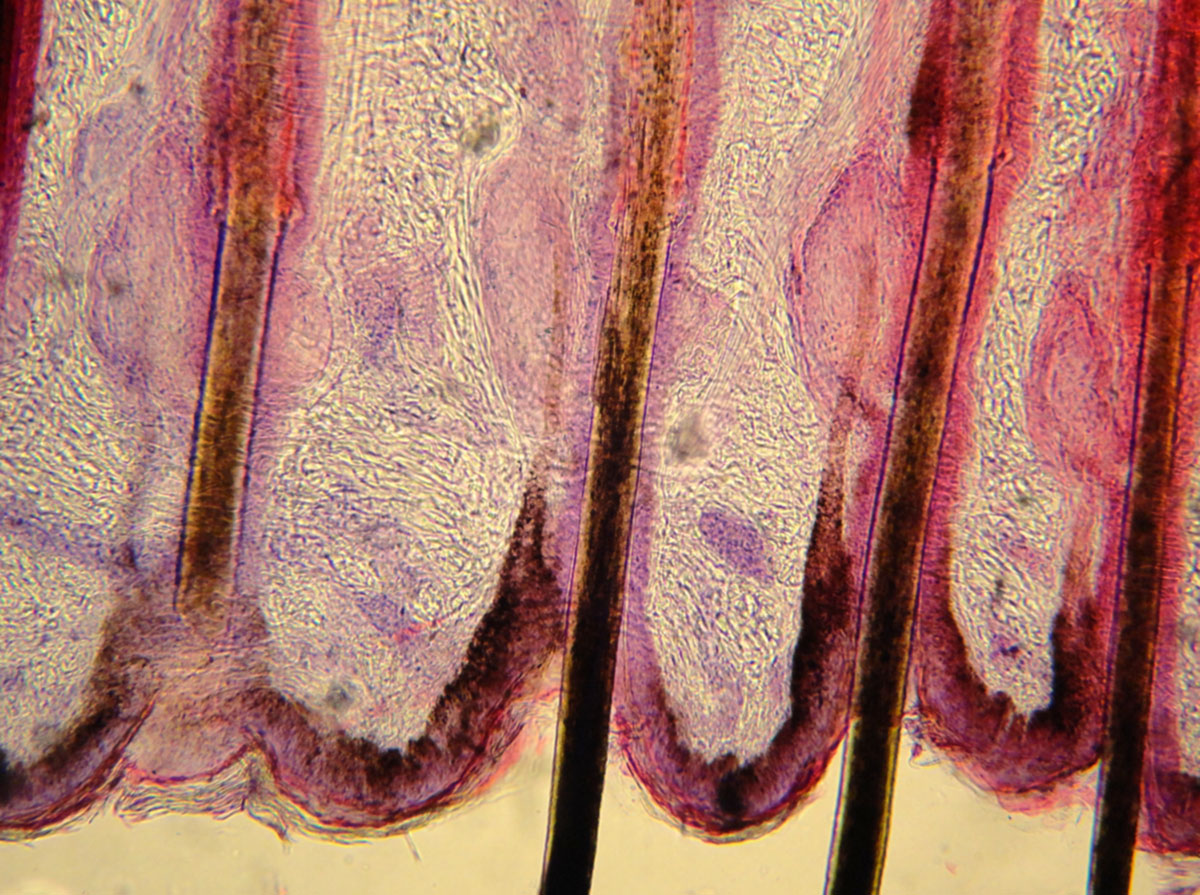Table Of Content

Inflammation due to ingrown hairs can cause folliculitis, as can medications like lithium and cyclosporine. If you have a persistent rash or bumps that don’t go away after a few days, it’s important to see a doctor. Depending on the type of folliculitis you have, your doctor may recommend a treatment plan to help alleviate symptoms.
Causes and Risk Factors
These growths are typically slow-growing and can vary in size but are usually painless and harmless. There are several reasons why you might be losing your hair. According to Agbai, genetics, hormonal shifts, stress, underlying medical conditions, nutritional deficiencies, and scalp inflammation are notable factors. Folliculitis is inflammation or infection of hair follicles. When you pop a pimple, you might inadvertently push bacteria and debris deeper into your pores, worsening acne.
Health
Some people seem to have an unusual reaction to Staphylococcus aureus (Staph A). This bacterium is naturally found on your skin and inside your nose. Eosinophilic folliculitis may become a chronic, but mild condition.
Other Conditions Similar to Scalp Folliculitis
Leaving a lump in the groin untreated when it doesn't resolve on its own can pose several risks. Seeking medical attention for persistent lumps in the groin is crucial to determine the cause and receive appropriate treatment. An abscess is a localized collection of pus caused by an infection. An abscess in the groin can develop due to an infection in a hair follicle, sweat gland, or other skin structures in the groin area. The infection leads to inflammation and the accumulation of pus, forming a swollen and often painful lump in the groin.
In certain, severe or persistent cases, an appointment with a dermatologist is recommended. Regular swimming pools and water slides can also bring on the infection. Once your condition has cleared up, be sure to practice proper scalp hygiene.
Diagnosis of folliculitis
See your healthcare provider to help determine the cause of the lump and determine a proper treatment plan if needed. These symptoms can vary depending on the underlying cause of the lump, such as hernias, swollen lymph nodes, or other conditions. It's important to consult a healthcare provider for an accurate diagnosis and appropriate treatment. Blocked hair follicles range in severity from mild to severe. They start out looking like small and irritated red pimples.

Hot tub folliculitis (pseudomonas folliculitis)
They may examine the skin, note symptoms, and review the person’s medical and family history. They may also ask questions related to recent nonmedical activity, such as hot tub usage or recent changes to new clothing. In the initial stages, folliculitis may look like a rash, a patch of small bumps, or yellow- or white-tipped pimples. Folliculitis patches may appear red or pink on light skin tones. On darker skin tones, it may appear darker than the surrounding skin and may contain red, or purple hues.
What is Scalp Malassezia? Exploring the Fungal World of the Scalp Microbiome - POPSUGAR United Kingdom
What is Scalp Malassezia? Exploring the Fungal World of the Scalp Microbiome.
Posted: Mon, 14 Nov 2022 08:00:00 GMT [source]
Folliculitis is a common skin condition that’s often caused by an infected or inflamed hair follicle. It can look similar to acne and be uncomfortable or itchy. Folliculitis often has a psychosocial impact because of its appearance. There are many different types of folliculitis — each one unique based on the cause, the infectious organism and its impact on the skin.

Folliculitis decalvans causes bald patches and red, crusty pustules to form on the scalp. Experts aren’t sure why some people develop this condition, although Staph A bacteria may play a role. Antibiotics, steroids and other treatments can help ease inflammation and prevent more hair loss. The hair loss is permanent, but certain hair loss treatments may help. Talk to your provider if you become self-conscious about your appearance. Scalp folliculitis begins with small, inflamed bumps that appear along the hairline.
You'll probably need several treatments over a period of time. The most common form of folliculitis, it causes itchy, white bumps filled with pus. You can get it if you cut yourself and bacteria (usually staph) gets in. Most of the time, folliculitis isn’t spread from person to person. If your folliculitis is caused by a germ that lives naturally in water or soil, it could infect other people, too.
If an infection is present, squeezing the bump may worsen it. Infected ingrown hairs can be uncomfortable, but most clear up on their own in 7–10 days with good hygiene. Not all ingrown hairs become infected, and they usually resolve on their own in a few days. Keep reading to learn how to recognize an infected ingrown hair, as well as tips for treating and preventing them. Folliculitis due to ingrown hairs usually improves when a person stops shaving for up to 1 week.
Folliculitis means inflammation of the hair follicles of the skin. Most of the skin is covered with tiny hairs which grow out of hair follicles. In folliculitis, many hair follicles in one area of the skin are affected. If a person has an underlying health condition that weakens their immune system, they may be at a higher risk of scalp folliculitis. They may wish to speak to a doctor, who can help manage their condition and prevent scalp folliculitis.
Those with molluscum infections can be treated with cryotherapy. This solution dissolves any non-fungal cells, revealing fungi. However, it seems to be commonly caused by an infection due to bacteria, viruses, parasites (like the Demodex mite), or fungi. Folliculitis typically resolves on its own and can be treated with topical medications.
Always talk with your healthcare provider for a diagnosis. Folliculitis is a skin disorder involving the inflammation of hair follicles. It is typically due to an infection of the hair follicle and results in irritated pimple-like spots or pustules.








